Home>Furniture & Design>Bathroom Accessories>Why Would Mold Grow In Toilet Bowl
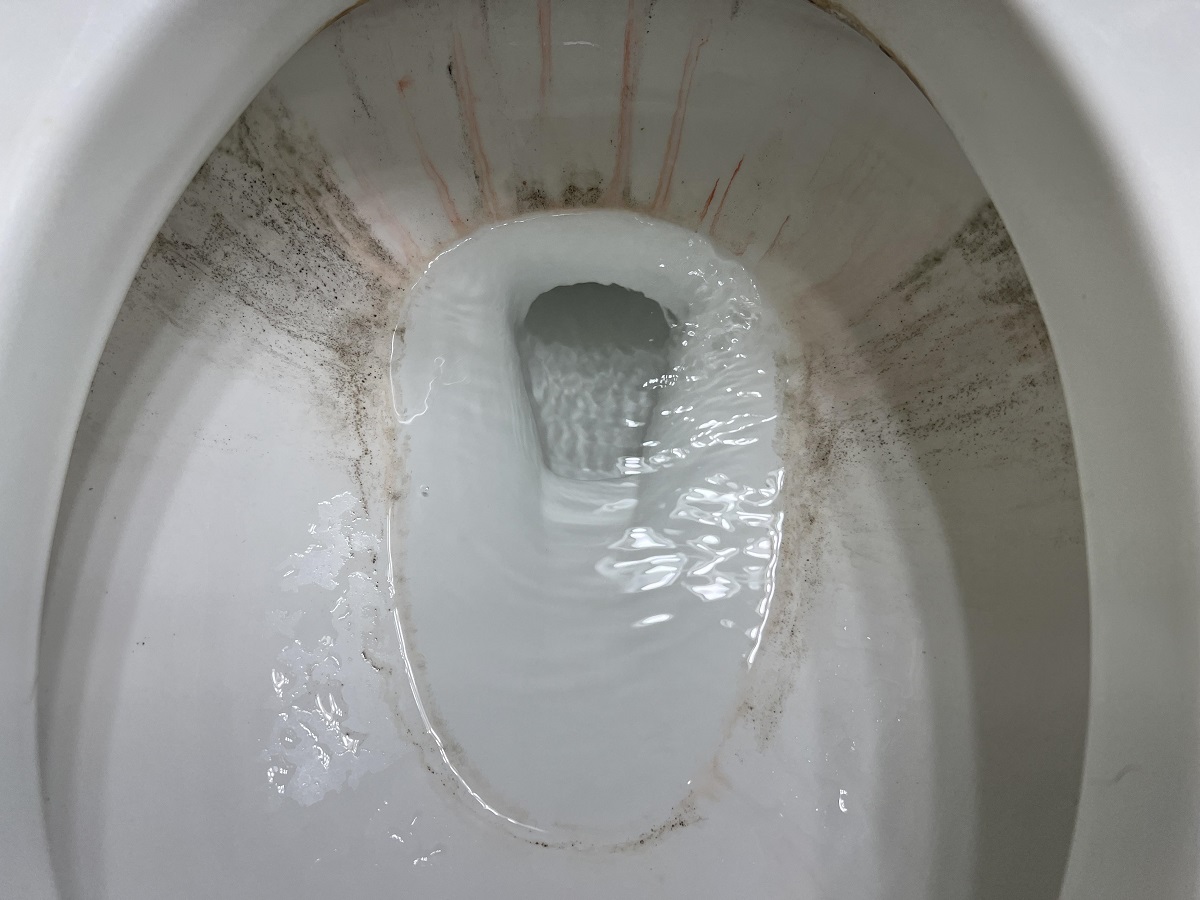

Bathroom Accessories
Why Would Mold Grow In Toilet Bowl
Modified: October 27, 2024
Discover the reasons for mold growth in your toilet bowl and how bathroom accessories can help prevent it. Learn how to maintain a clean and mold-free bathroom.
(Many of the links in this article redirect to a specific reviewed product. Your purchase of these products through affiliate links helps to generate commission for Storables.com, at no extra cost. Learn more)
Introduction
The presence of mold in a toilet bowl can be a disconcerting and unsightly issue for many homeowners. Mold growth not only affects the aesthetics of the bathroom but also poses potential health risks. Understanding the factors contributing to mold growth in the toilet bowl and the associated health risks is crucial for maintaining a clean and hygienic bathroom environment. Additionally, knowing how to prevent and effectively remove mold from the toilet bowl is essential for ensuring a healthy and pleasant bathroom experience. In this comprehensive guide, we will delve into the various aspects of mold growth in the toilet bowl, including its causes, health implications, and practical solutions for prevention and removal. By gaining a deeper understanding of these factors, you can take proactive measures to combat mold growth and maintain a pristine and healthy bathroom environment for you and your family.
Key Takeaways:
- Mold in the toilet bowl can cause health issues and thrives in damp environments. Regular cleaning, proper ventilation, and prompt repairs can prevent and remove mold, ensuring a healthy bathroom.
- Mold in the toilet bowl poses health risks and grows in moist, neglected areas. Using mold-resistant products, effective cleaners, and protective gear can prevent and remove mold, maintaining a clean bathroom.
Read more: What Causes Mold In Toilet Bowl
Understanding Mold
Mold is a type of fungus that thrives in damp, humid environments, making the toilet bowl an ideal breeding ground. It appears as black, green, or brown patches and can spread rapidly if not addressed promptly. Mold spores are omnipresent in the environment and can easily find their way into the bathroom. When these spores encounter the ideal conditions of moisture and warmth, they begin to proliferate, leading to visible mold growth.
The toilet bowl provides the perfect environment for mold to flourish due to the constant presence of water and organic matter. The moist and often neglected surfaces of the toilet bowl, including the rim, waterline, and under the seat, create an inviting habitat for mold to thrive. Additionally, the lack of adequate ventilation in many bathrooms further exacerbates the issue, as stagnant air and high humidity levels contribute to mold growth.
Mold growth in the toilet bowl is not only unsightly but also poses potential health risks. When disturbed, mold releases spores into the air, which can be inhaled and cause respiratory issues, allergies, and other health complications, particularly for individuals with preexisting respiratory conditions.
Understanding the nature of mold and its propensity to thrive in specific conditions is crucial for effectively combating its growth in the toilet bowl. By recognizing the factors that contribute to mold proliferation, homeowners can take proactive measures to prevent its occurrence and safeguard the health and cleanliness of their bathroom environment.
Factors Contributing to Mold Growth in Toilet Bowl
-
Moisture Accumulation: The toilet bowl is constantly exposed to moisture due to regular use, leading to the accumulation of water in and around the bowl. This persistent moisture creates an ideal breeding ground for mold, allowing spores to settle and proliferate in the damp environment.
-
Inadequate Ventilation: Bathrooms with poor ventilation trap humidity, creating a conducive setting for mold growth. The lack of proper airflow allows moisture to linger, promoting the development of mold in the toilet bowl and surrounding areas.
-
Organic Matter Buildup: Residual organic matter, such as soap scum, urine, and mineral deposits, can accumulate in the toilet bowl. These substances serve as nutrients for mold, providing an additional catalyst for its growth.
-
Infrequent Cleaning: Neglecting regular cleaning and maintenance of the toilet bowl can lead to the accumulation of grime and organic matter, further facilitating mold growth. The combination of moisture and organic residue creates an environment where mold can thrive undisturbed.
-
Leaky Fixtures: Leaks in the toilet bowl or surrounding plumbing fixtures can result in persistent moisture, fostering mold growth. Even minor leaks can contribute to the dampness that sustains mold, making it essential to address any plumbing issues promptly.
-
High Humidity: Environments with high humidity levels, often exacerbated by inadequate ventilation, promote mold growth. Bathrooms with poor air circulation and high humidity provide the perfect conditions for mold to flourish, particularly in the moist environment of the toilet bowl.
Understanding these factors is crucial for implementing effective preventive measures and maintaining a mold-free toilet bowl. By addressing moisture accumulation, improving ventilation, and ensuring regular cleaning and maintenance, homeowners can mitigate the conditions that contribute to mold growth, promoting a clean and healthy bathroom environment.
Health Risks Associated with Mold in Toilet Bowl
The presence of mold in the toilet bowl poses significant health risks that should not be overlooked. Mold spores, when released into the air, can be inhaled and potentially lead to a range of health complications, particularly for individuals with respiratory conditions and allergies. Understanding the specific health risks associated with mold in the toilet bowl is essential for prioritizing its prevention and removal.
-
Respiratory Issues: Mold spores can trigger respiratory problems, including coughing, wheezing, and exacerbation of asthma symptoms. Individuals with preexisting respiratory conditions are particularly vulnerable to the effects of mold exposure, as the inhalation of spores can lead to inflammation of the airways and breathing difficulties.
-
Allergic Reactions: Mold exposure can prompt allergic reactions in susceptible individuals, manifesting as nasal congestion, sneezing, skin irritation, and watery eyes. Prolonged exposure to mold in the toilet bowl can exacerbate allergic symptoms, impacting the overall well-being and comfort of occupants.
-
Compromised Immune Function: Prolonged exposure to mold can compromise the immune system, making individuals more susceptible to infections and illnesses. Mold-related health issues can be especially concerning for children, the elderly, and individuals with weakened immune systems.
-
Toxic Mold: Certain types of mold, such as black mold (Stachybotrys chartarum), can produce mycotoxins that pose additional health risks. Exposure to toxic mold can lead to more severe health complications, including neurological symptoms, respiratory issues, and immune system suppression.
-
Long-Term Health Implications: Chronic exposure to mold in the toilet bowl can have long-term health implications, potentially contributing to the development or exacerbation of respiratory conditions and allergies. Addressing mold growth promptly is crucial for mitigating the risk of persistent health issues associated with prolonged exposure.
It is evident that the presence of mold in the toilet bowl goes beyond mere aesthetic concerns, as it directly impacts the health and well-being of individuals using the bathroom. By recognizing the potential health risks associated with mold exposure, homeowners can prioritize proactive measures to prevent and eliminate mold growth, ensuring a safe and healthy bathroom environment for all occupants.
To prevent mold growth in the toilet bowl, regularly clean and disinfect the bowl with a toilet cleaner that contains bleach or other mold-killing ingredients. Additionally, ensure the bathroom is well-ventilated to reduce moisture and humidity.
Prevention and Removal of Mold in Toilet Bowl
Preventing and removing mold in the toilet bowl is essential for maintaining a clean and hygienic bathroom environment. By implementing proactive measures to prevent mold growth and employing effective removal strategies, homeowners can ensure a pristine and healthy toilet bowl. Here are practical steps for both prevention and removal:
Read more: Why Would A Toilet Bubble
Prevention
-
Regular Cleaning: Establish a routine for regular cleaning of the toilet bowl using an effective mold-inhibiting cleaner. Focus on areas prone to mold growth, such as under the rim, around the waterline, and inside the bowl. Thorough cleaning helps remove organic matter and prevents the accumulation of mold-friendly residues.
-
Proper Ventilation: Improve ventilation in the bathroom by using exhaust fans or opening windows during and after showering. Adequate airflow helps reduce humidity levels, discouraging mold growth in the toilet bowl and surrounding areas.
-
Prompt Repairs: Address any leaks or plumbing issues promptly to prevent moisture buildup in the toilet bowl. Regularly inspect the toilet and its fixtures for signs of leaks, and enlist professional assistance for timely repairs.
-
Use of Mold-Resistant Products: Consider using mold-resistant toilet bowl cleaners and products designed to inhibit mold growth. These specialized cleaners can help maintain a mold-free environment when used as part of a regular cleaning regimen.
-
Dry Surfaces: After cleaning the toilet bowl, ensure that all surfaces, including the rim and inner bowl, are thoroughly dried. Removing excess moisture impedes mold proliferation and supports a clean and dry environment.
Removal
-
Effective Cleaners: When addressing existing mold in the toilet bowl, opt for mold-specific cleaners or homemade solutions such as vinegar or hydrogen peroxide. Apply the cleaner generously and allow it to sit for the recommended duration to effectively eliminate mold.
-
Mechanical Cleaning: Use a toilet brush or scrubbing pad to mechanically remove mold from the surfaces of the toilet bowl. Thoroughly scrub the affected areas to dislodge and remove the mold, ensuring a comprehensive cleaning process.
-
Protective Gear: When removing mold, consider using protective gear such as gloves and a mask to minimize direct exposure to mold spores. Proper protection is essential, especially when dealing with extensive mold growth.
-
Preventative Measures: After removing mold from the toilet bowl, implement preventive measures to inhibit future growth. This includes maintaining regular cleaning, optimizing ventilation, and promptly addressing any sources of moisture.
By integrating these preventive and removal strategies, homeowners can effectively combat mold growth in the toilet bowl, promoting a clean, healthy, and inviting bathroom environment for all occupants. Regular maintenance and proactive measures are key to preventing the recurrence of mold and ensuring a pristine toilet bowl.
Conclusion
In conclusion, addressing mold growth in the toilet bowl is essential for maintaining a clean, hygienic, and healthy bathroom environment. The presence of mold not only detracts from the visual appeal of the toilet bowl but also poses significant health risks, particularly for individuals with respiratory conditions and allergies. By understanding the factors contributing to mold growth, recognizing the associated health risks, and implementing preventive and removal strategies, homeowners can effectively combat mold proliferation and ensure a pristine toilet bowl.
Prevention plays a pivotal role in mitigating mold growth, with regular cleaning, proper ventilation, prompt repairs, and the use of mold-resistant products serving as proactive measures to deter mold formation. By incorporating these preventive strategies into a routine maintenance regimen, homeowners can create an inhospitable environment for mold, reducing the likelihood of its occurrence in the toilet bowl.
Furthermore, the thorough removal of existing mold is crucial for restoring the cleanliness of the toilet bowl. Employing effective cleaners, mechanical scrubbing, and the implementation of preventative measures post-cleaning are essential steps in eradicating mold and preventing its resurgence. By addressing mold growth promptly and comprehensively, homeowners can uphold a pristine and healthy bathroom environment for themselves and their families.
It is imperative for homeowners to recognize the broader implications of mold growth in the toilet bowl, extending beyond mere aesthetic concerns. The potential health risks associated with mold exposure underscore the importance of prioritizing preventive measures and prompt removal to safeguard the well-being of occupants. By fostering a proactive approach to mold prevention and maintenance, homeowners can create a clean, healthy, and inviting bathroom space, free from the detrimental effects of mold.
In essence, the comprehensive understanding of mold growth in the toilet bowl, its contributing factors, associated health risks, and practical prevention and removal strategies empowers homeowners to take proactive steps in maintaining a pristine and healthy bathroom environment. By integrating these insights into their home maintenance practices, individuals can effectively combat mold proliferation, ensuring a clean and hygienic toilet bowl for the well-being and comfort of all occupants.
Curious about keeping all corners of your home spick and span? If tackling mold has been a challenge, learn practical steps for effective mold removal from wood furniture, where this pesky issue is common. For those dedicated to a pristine living space, our comprehensive bathroom cleaning guide offers expert advice. Additionally, don't miss out on valuable cleaning tips for maintaining your refrigerator, ensuring every part of your home remains fresh and inviting.
Frequently Asked Questions about Why Would Mold Grow In Toilet Bowl
Was this page helpful?
At Storables.com, we guarantee accurate and reliable information. Our content, validated by Expert Board Contributors, is crafted following stringent Editorial Policies. We're committed to providing you with well-researched, expert-backed insights for all your informational needs.
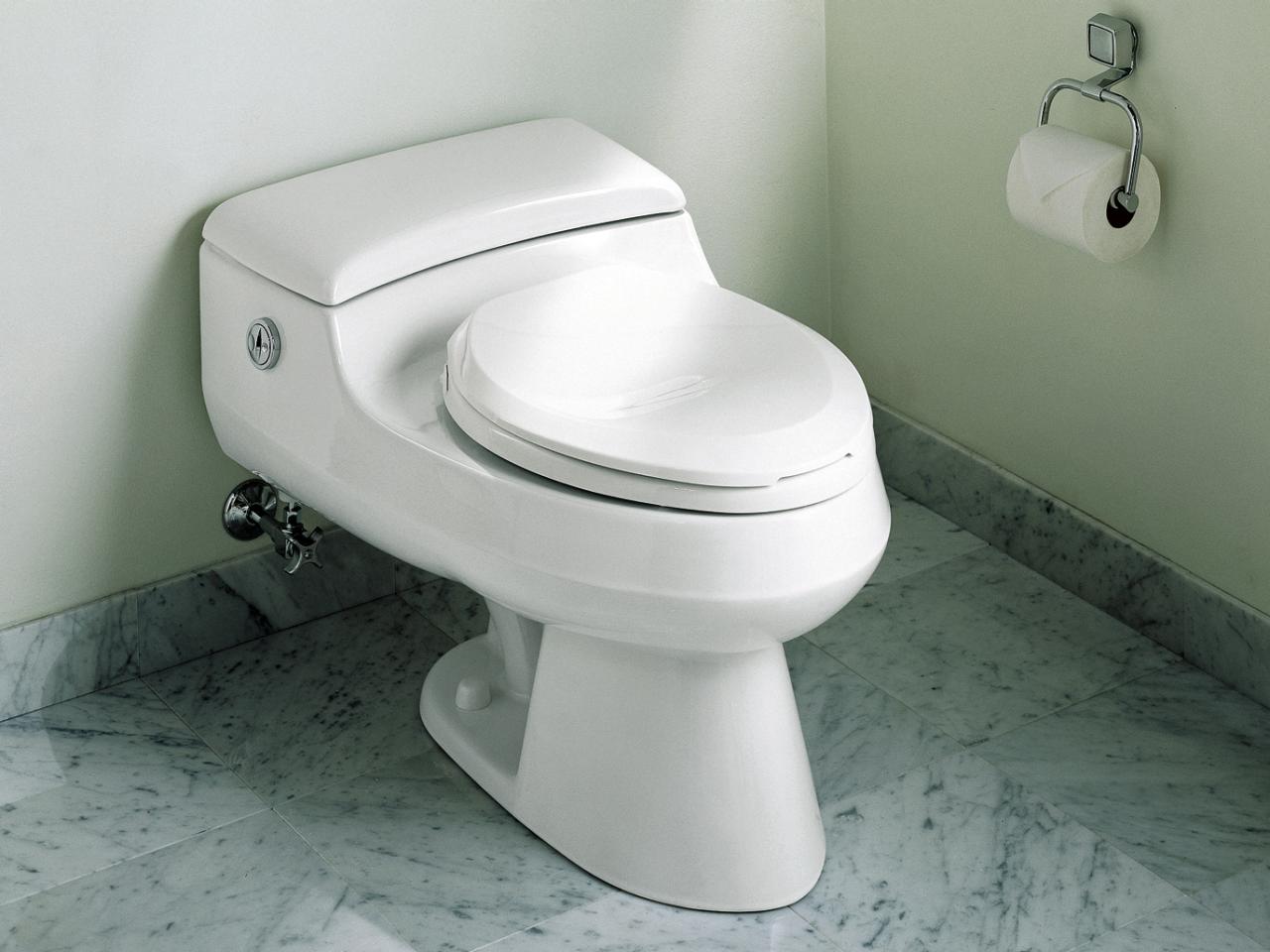
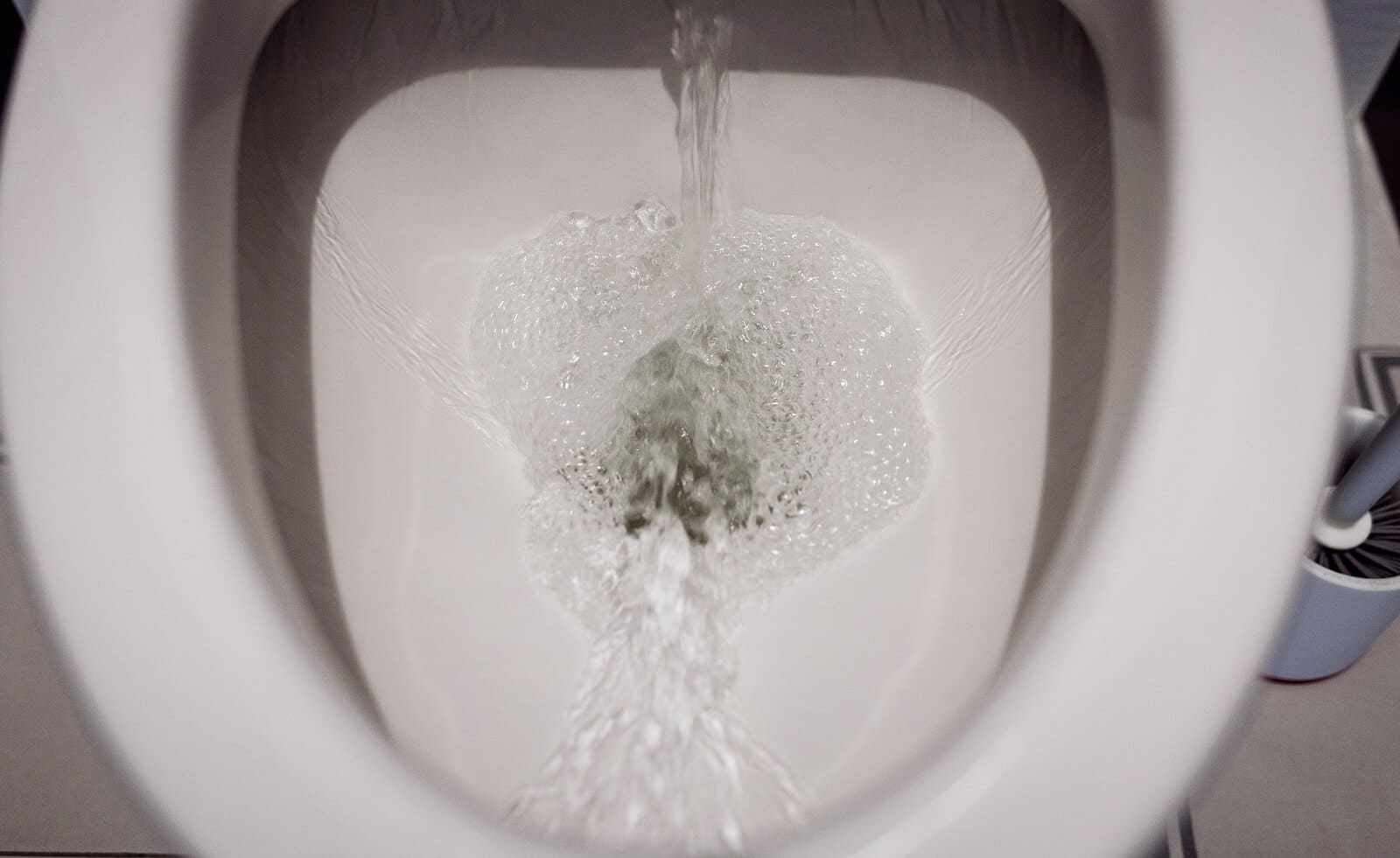
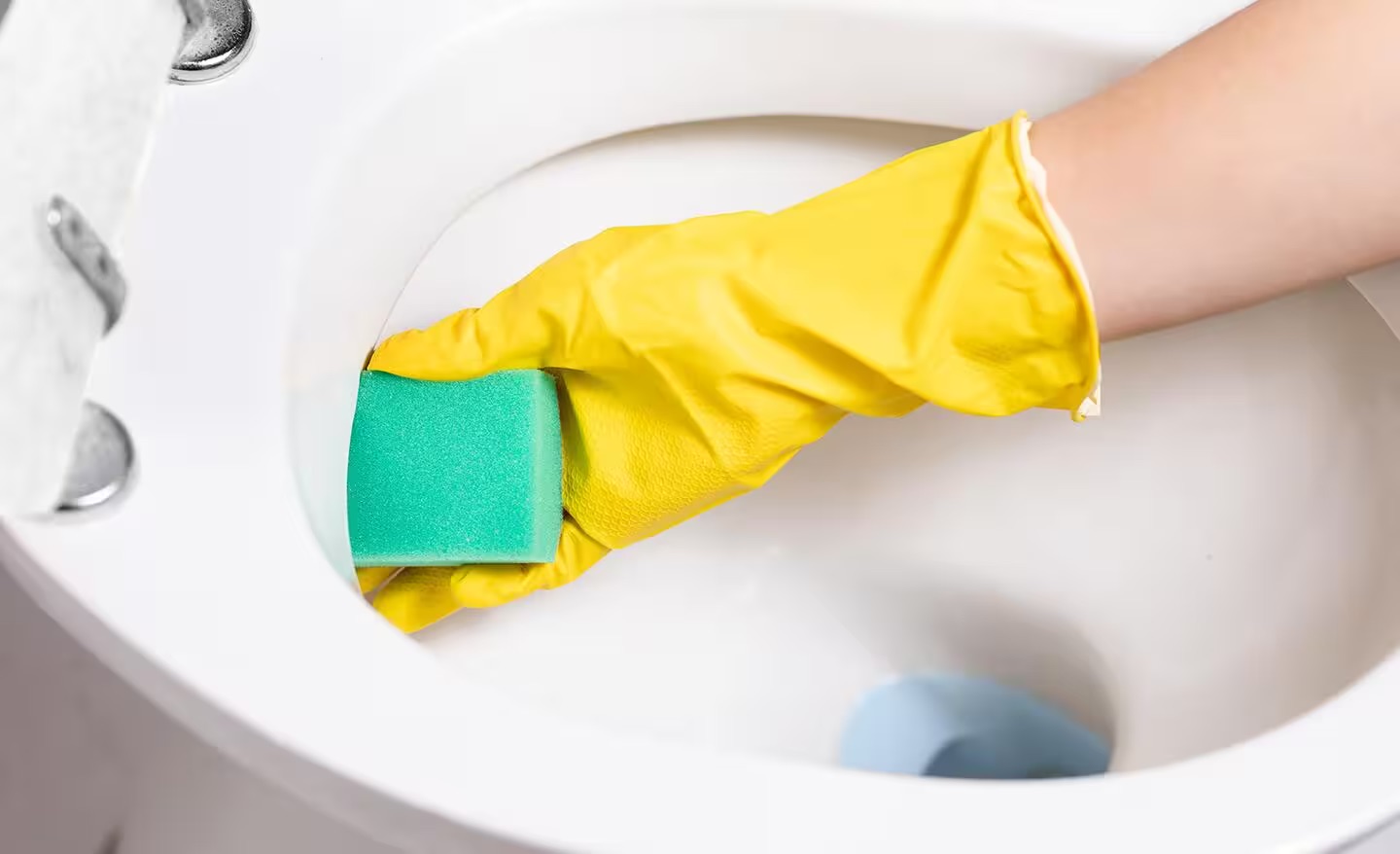
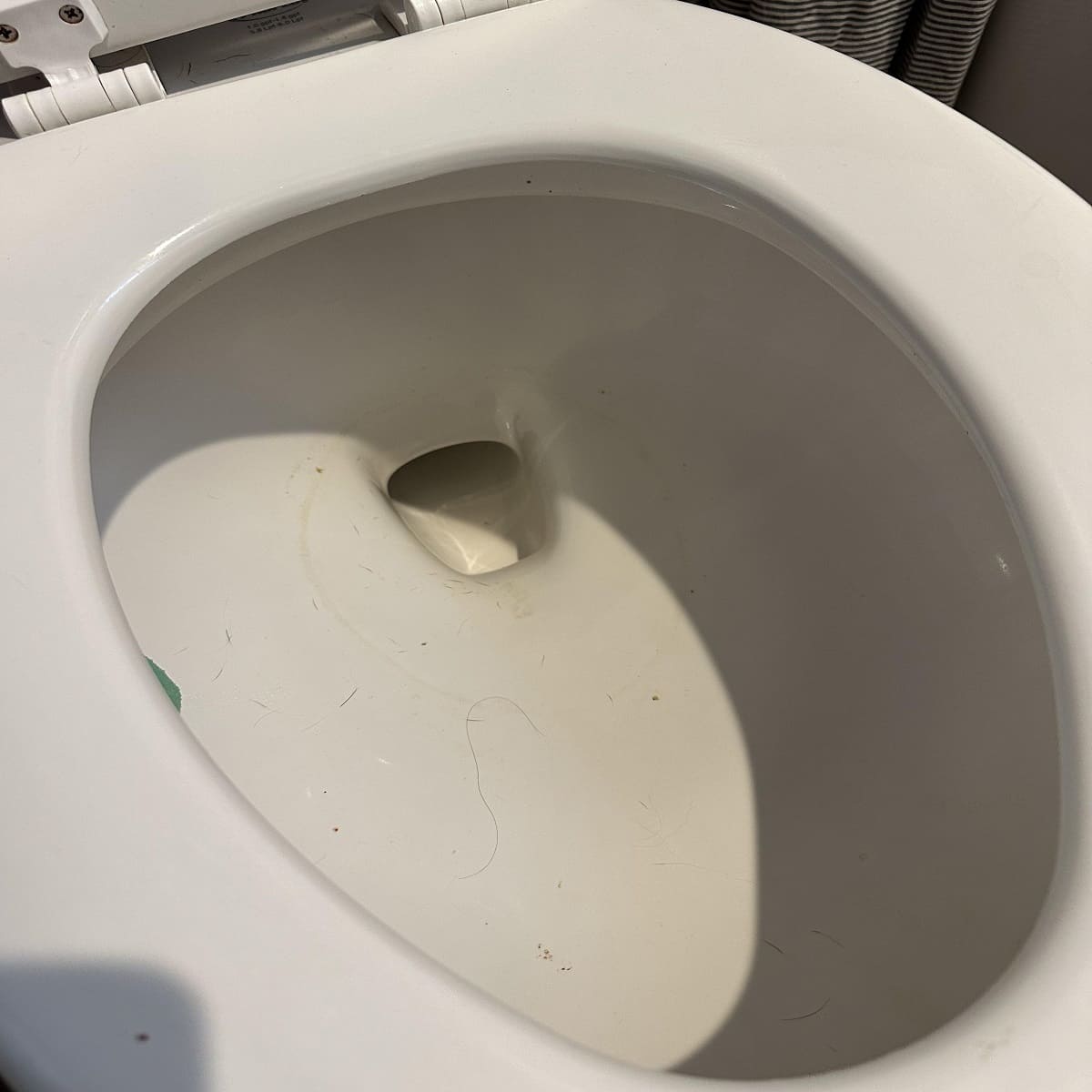
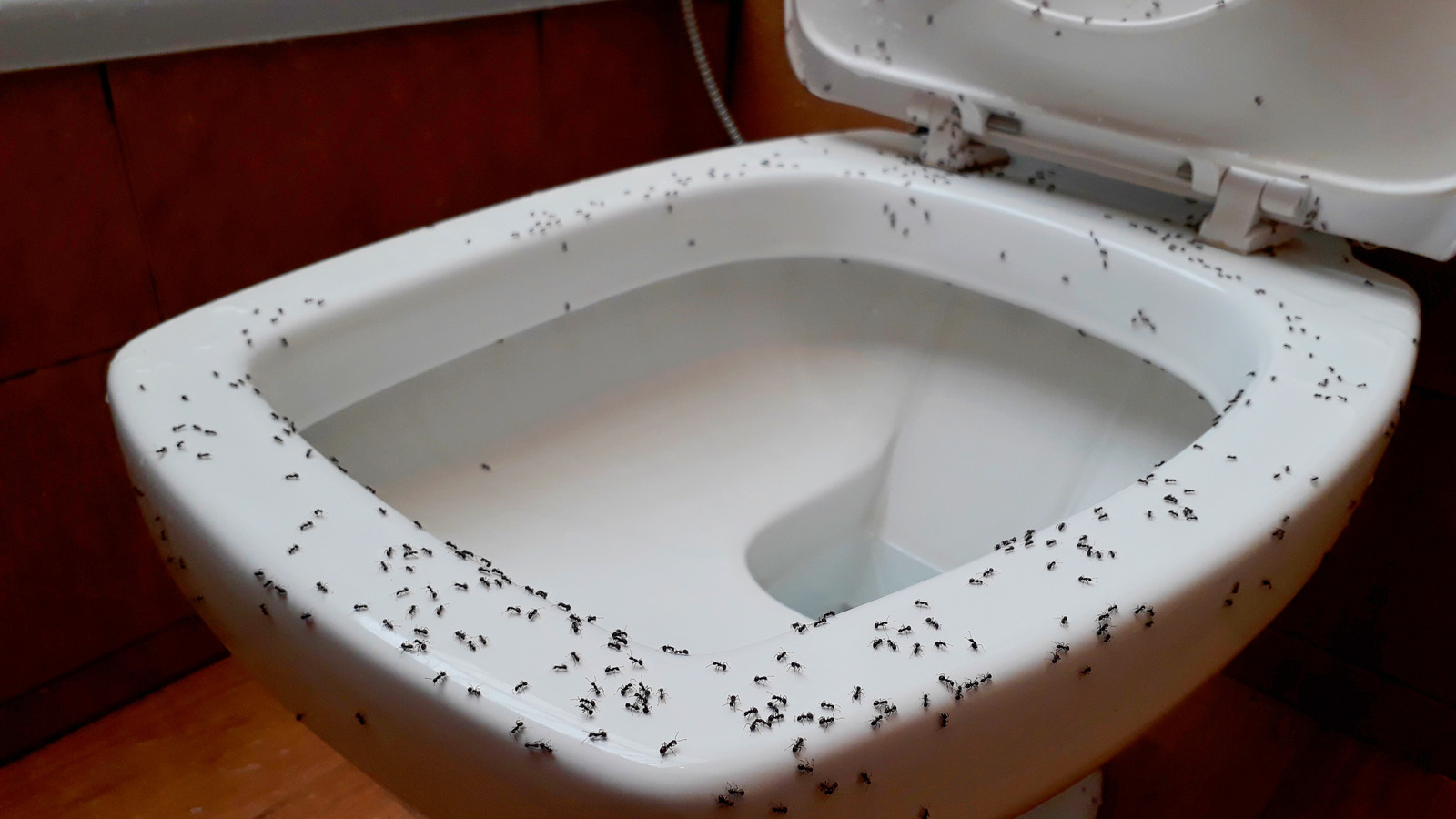
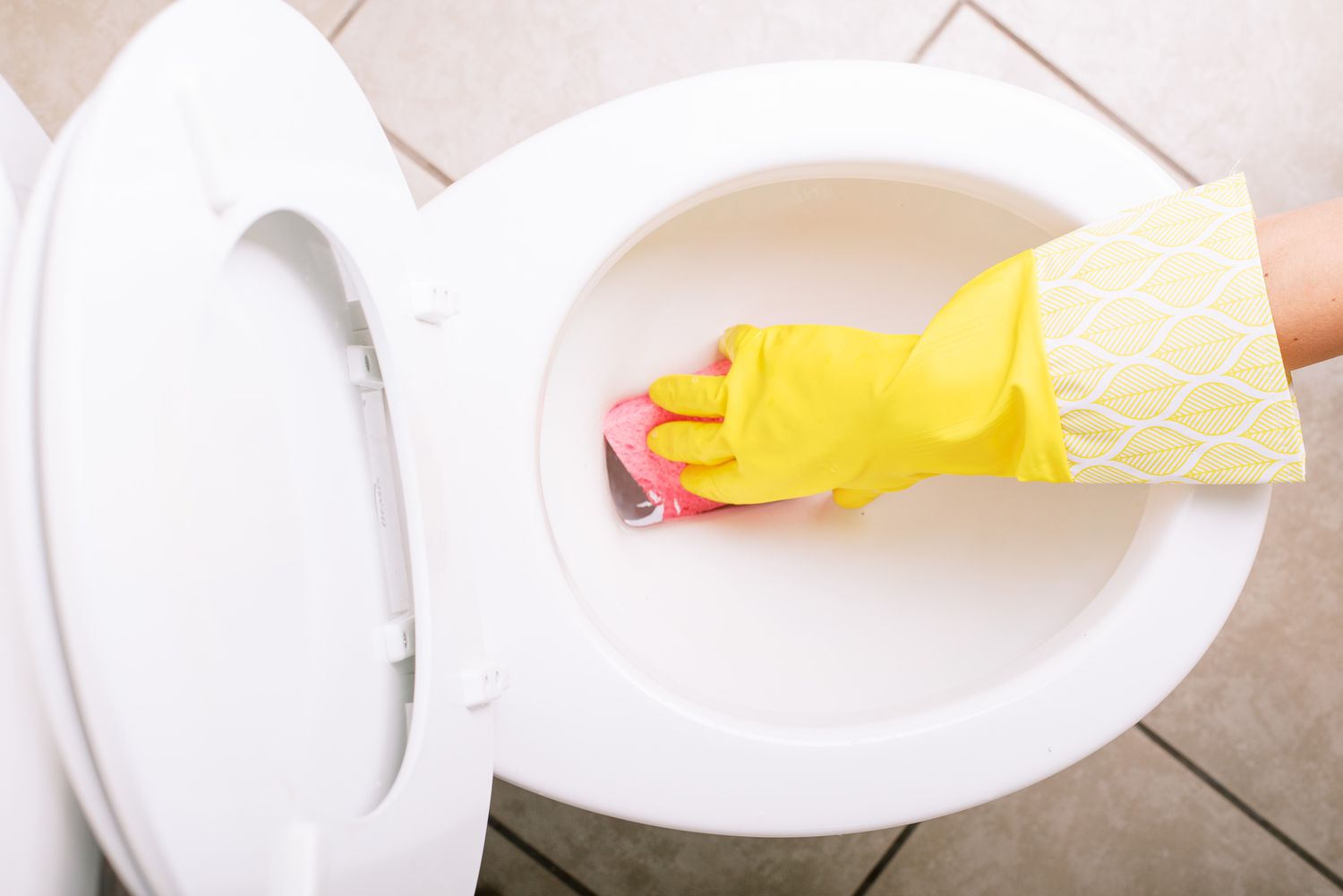
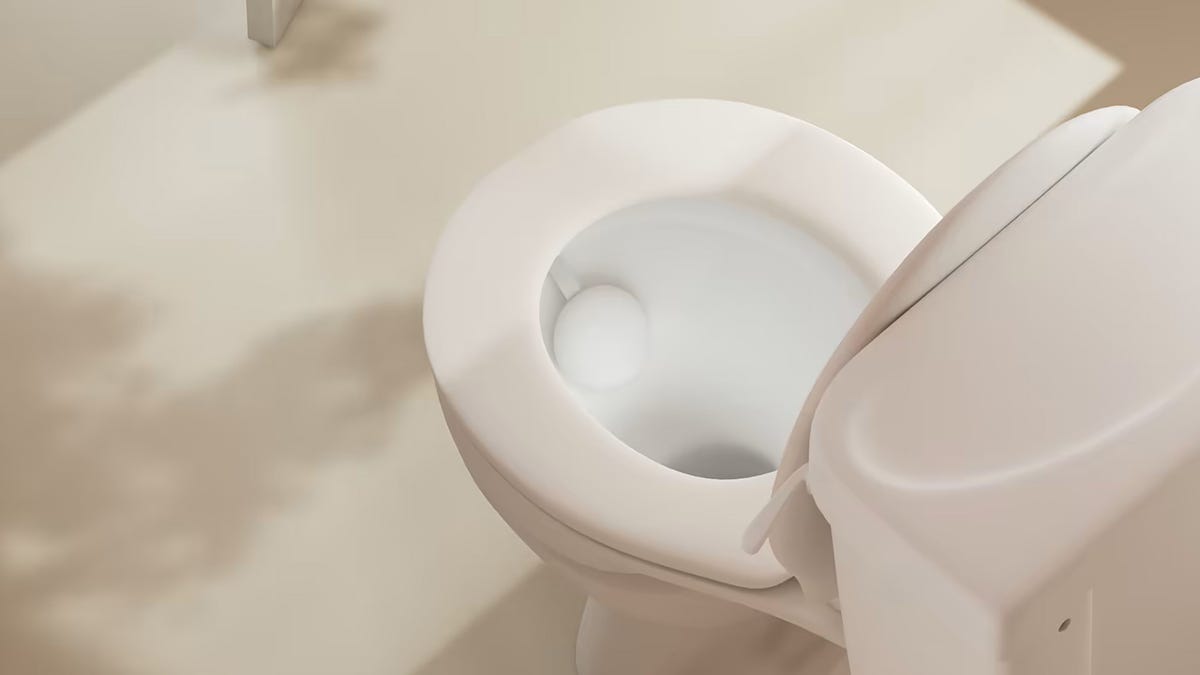
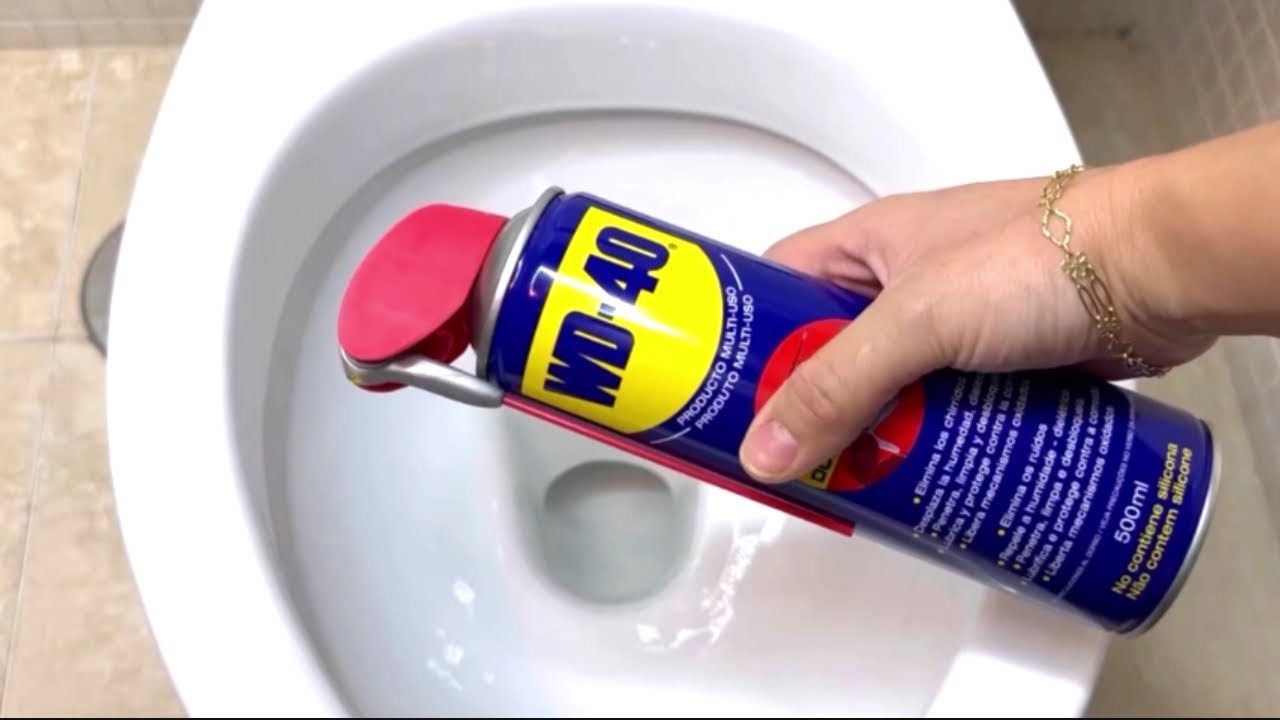
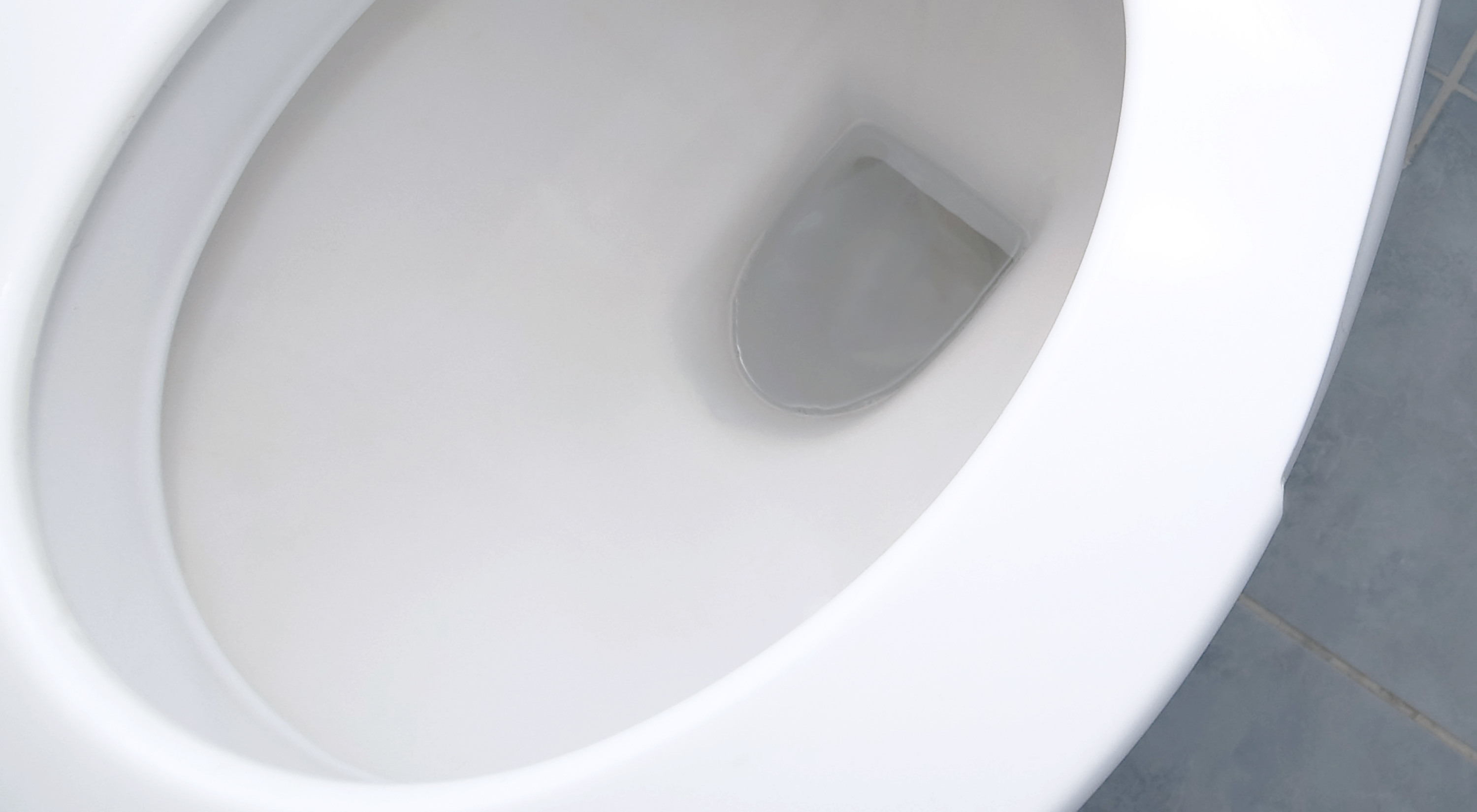
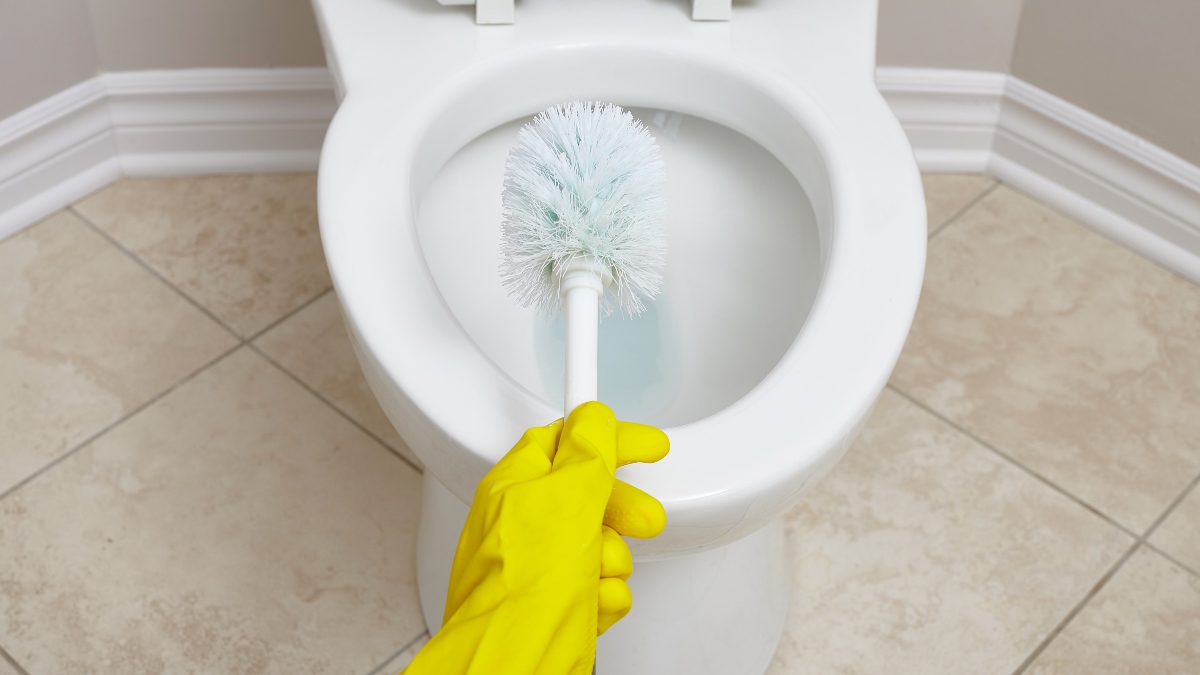
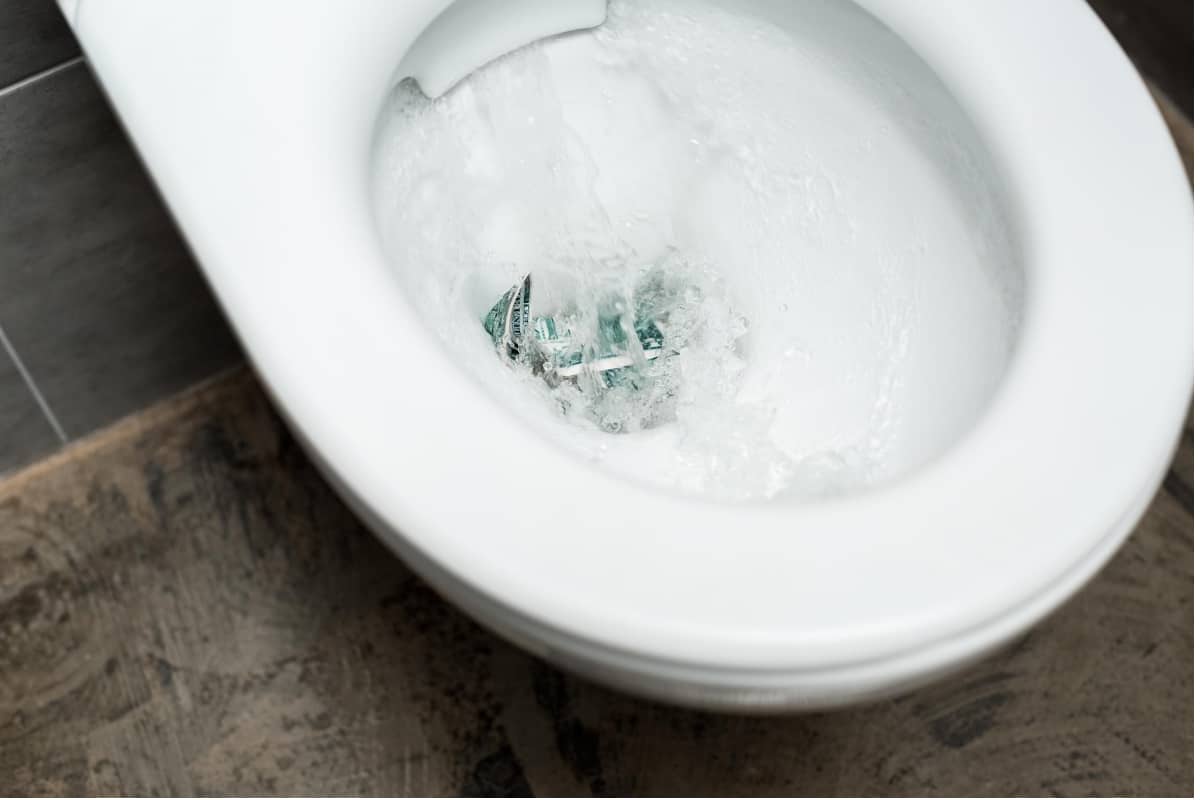
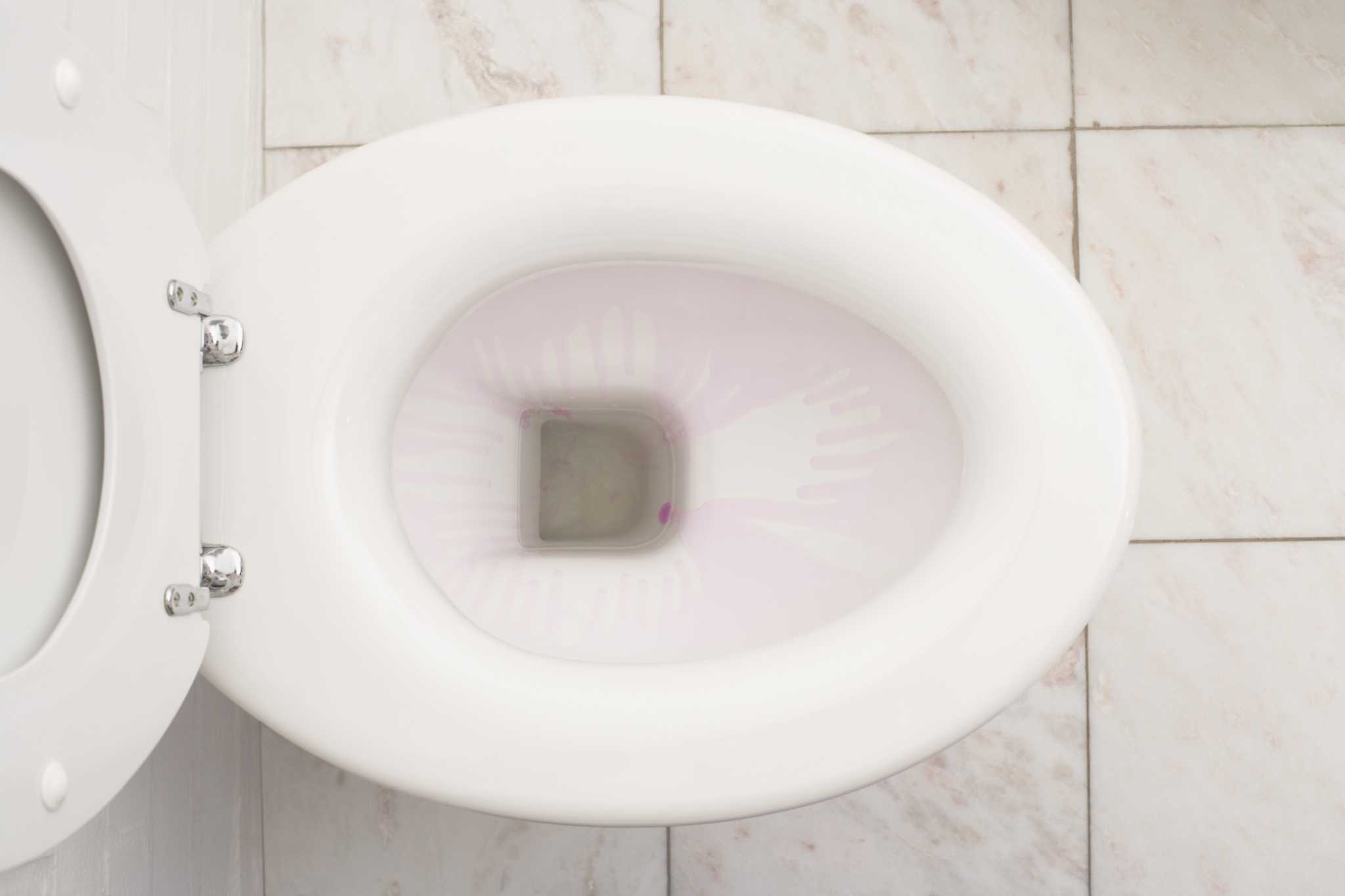
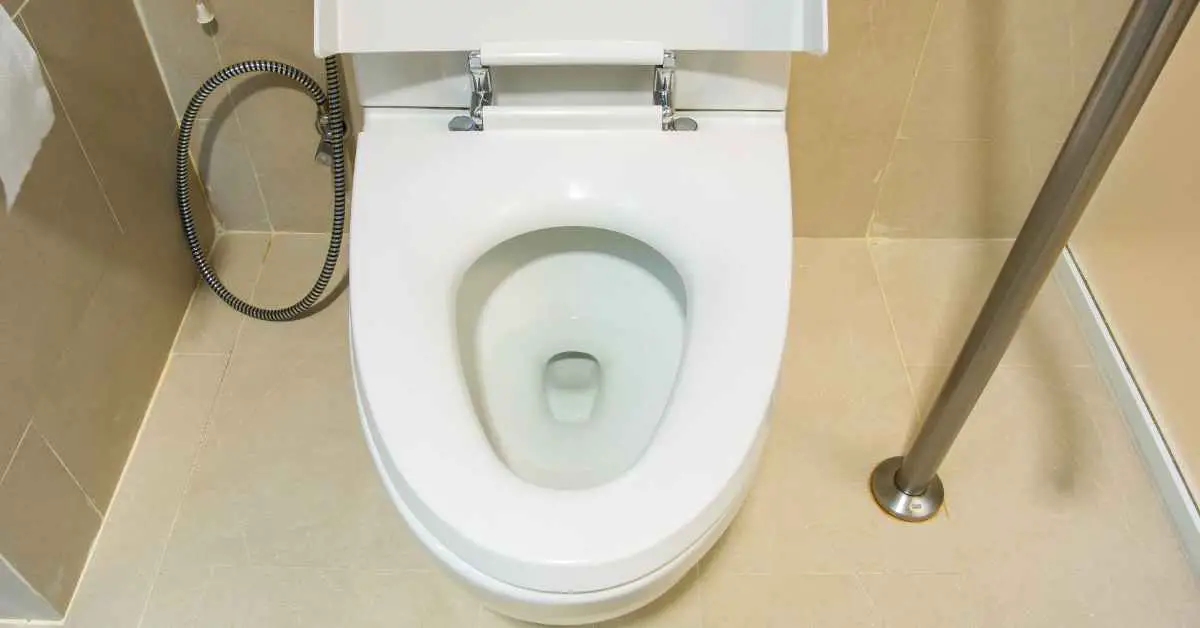
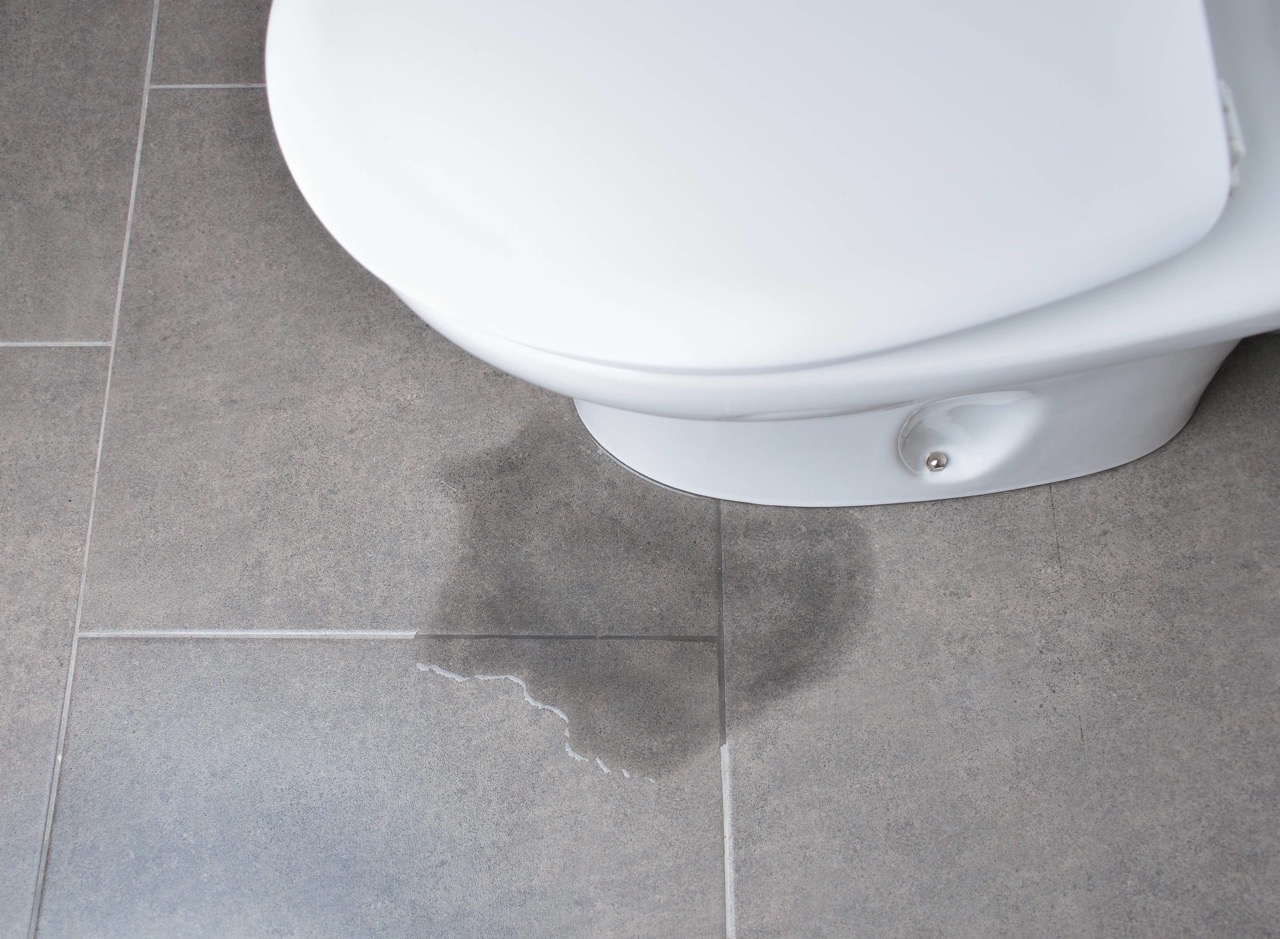

0 thoughts on “Why Would Mold Grow In Toilet Bowl”